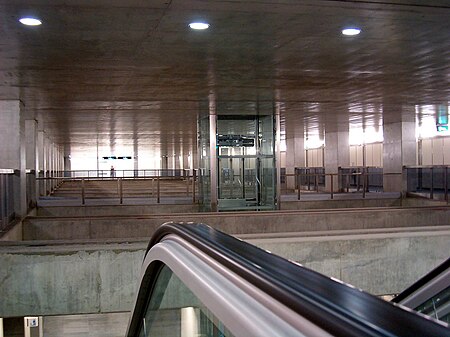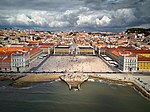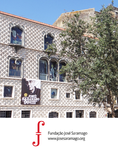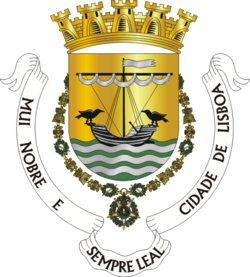Terreiro do Paço (Lisbon Metro)
European rapid transit stubsLisbon Metro stationsLisbon geography stubsRailway stations opened in 2007

Terreiro do Paço station is part of the Blue Line of the Lisbon Metro.
Excerpt from the Wikipedia article Terreiro do Paço (Lisbon Metro) (License: CC BY-SA 3.0, Authors, Images).Terreiro do Paço (Lisbon Metro)
Praça do Comércio, Lisbon Santa Maria Maior (Santa Maria Maior)
Geographical coordinates (GPS) Address Website External links Nearby Places Show on map
Geographical coordinates (GPS)
| Latitude | Longitude |
|---|---|
| N 38.706666666667 ° | E -9.1352777777778 ° |
Address
Terreiro do Paço
Praça do Comércio
1100-148 Lisbon, Santa Maria Maior (Santa Maria Maior)
Portugal
Open on Google Maps








